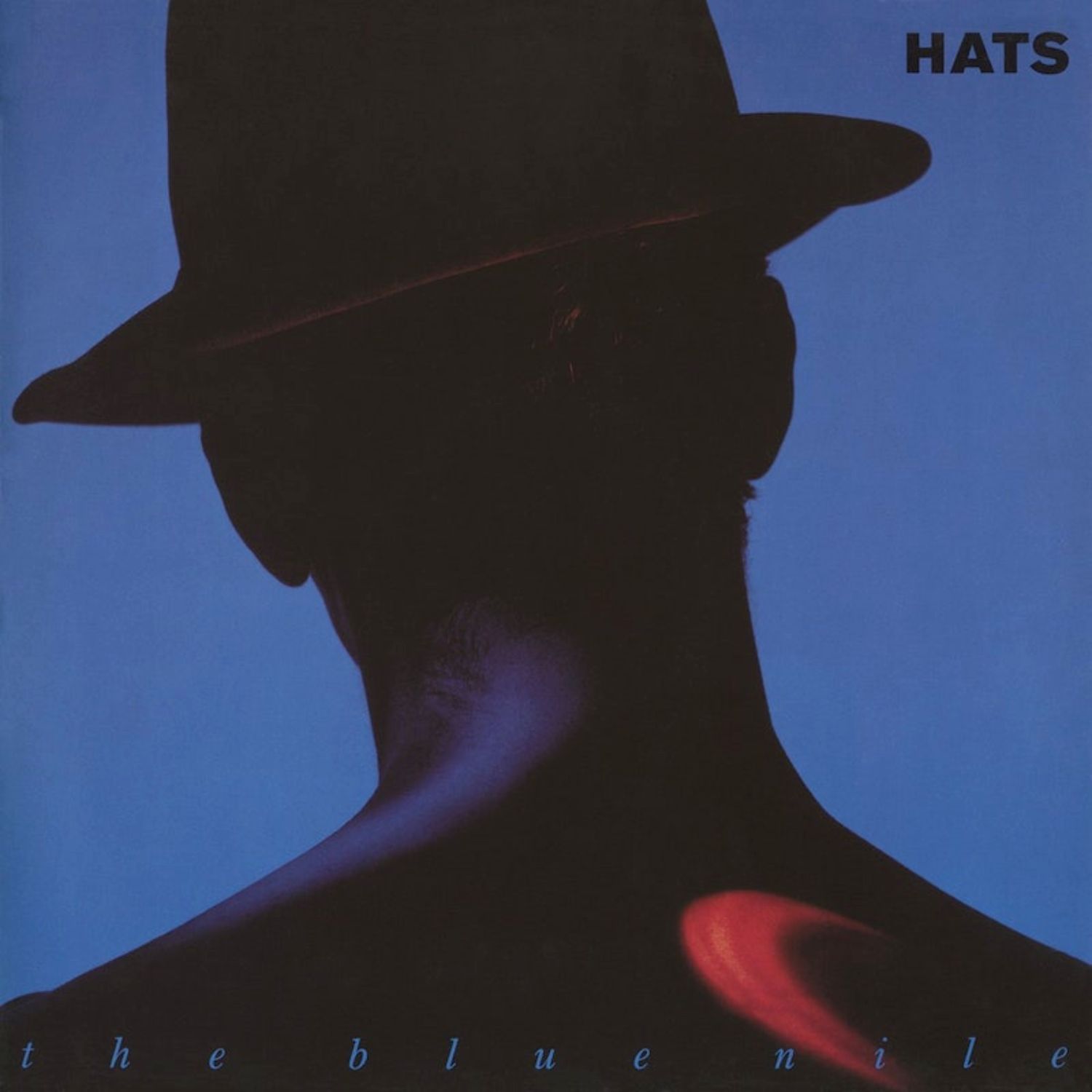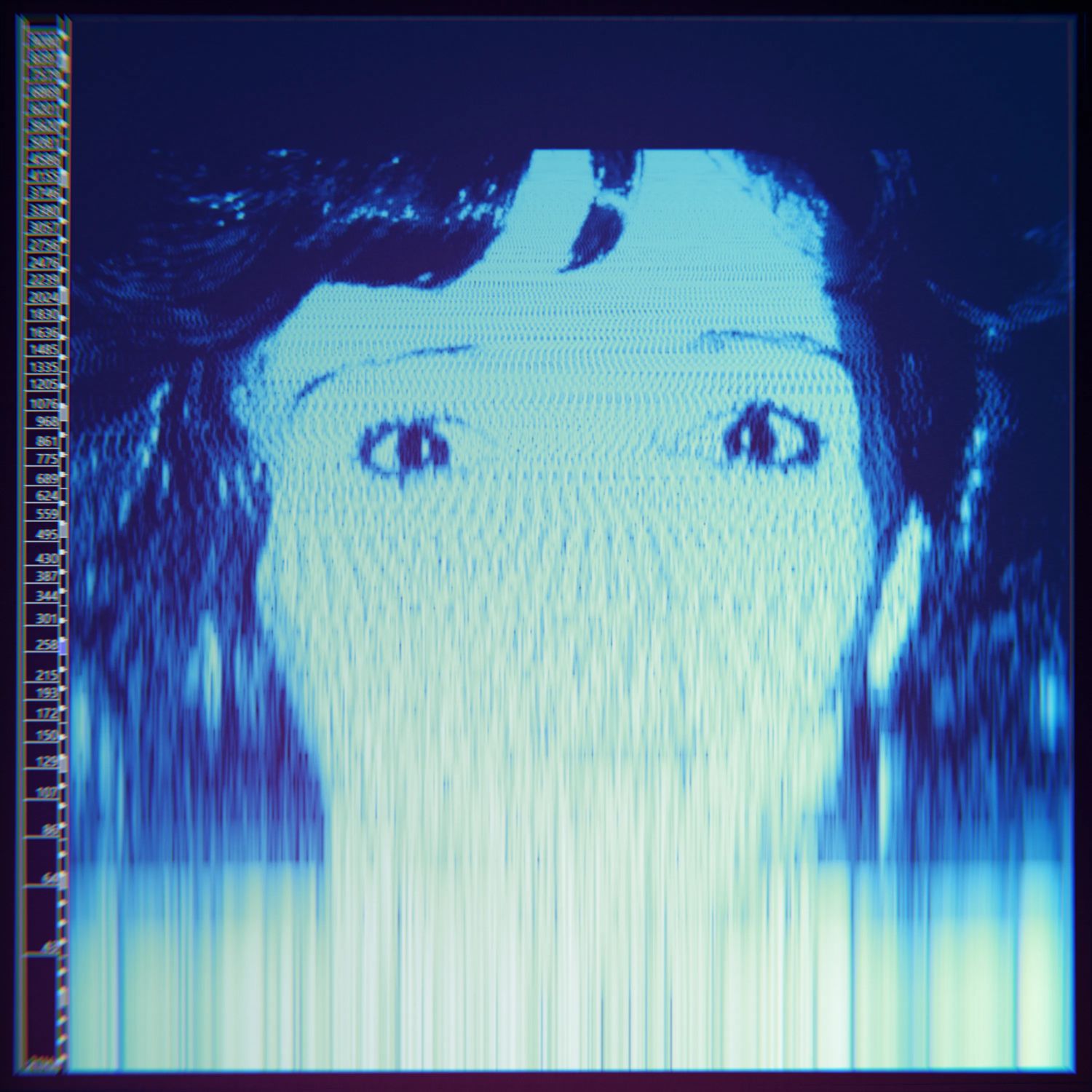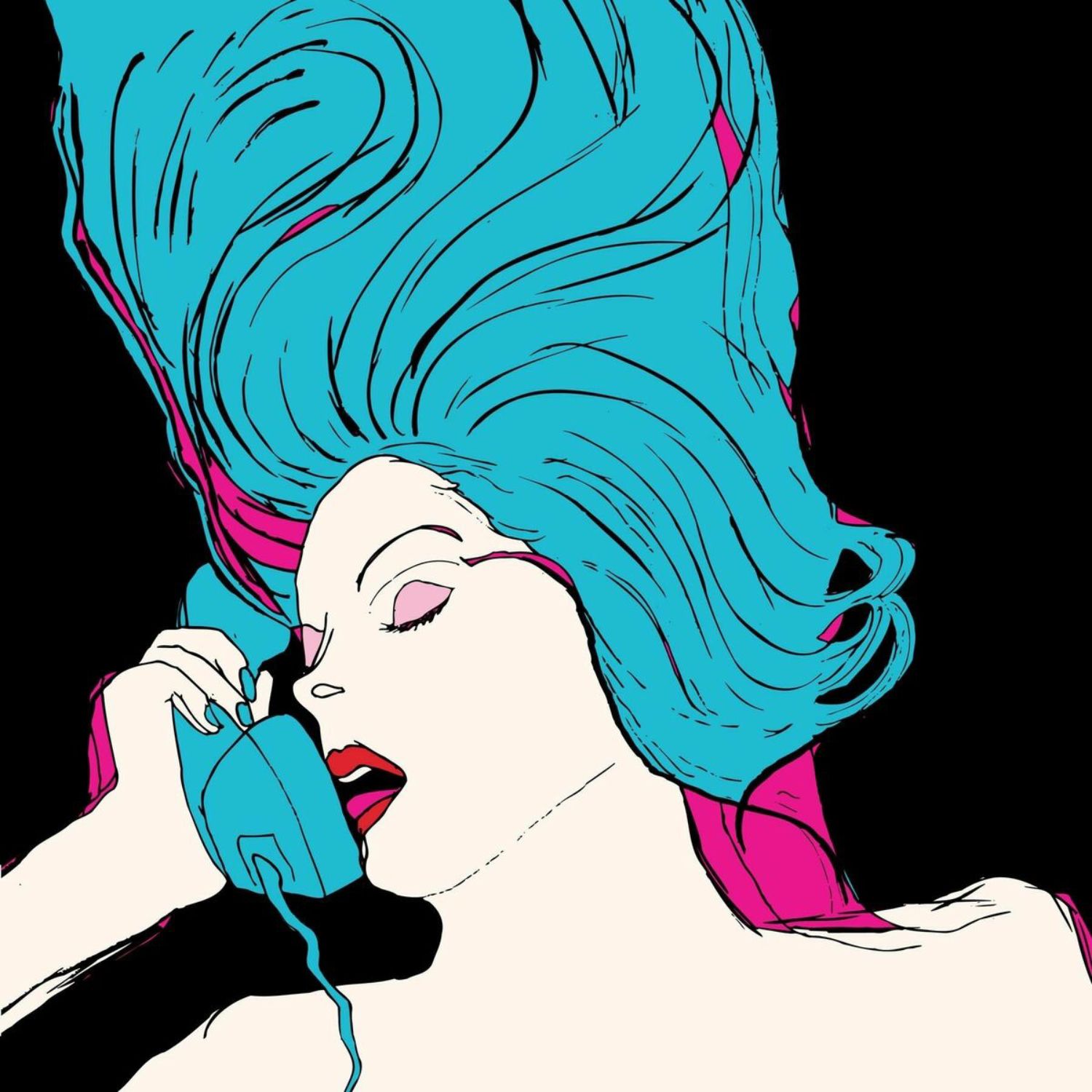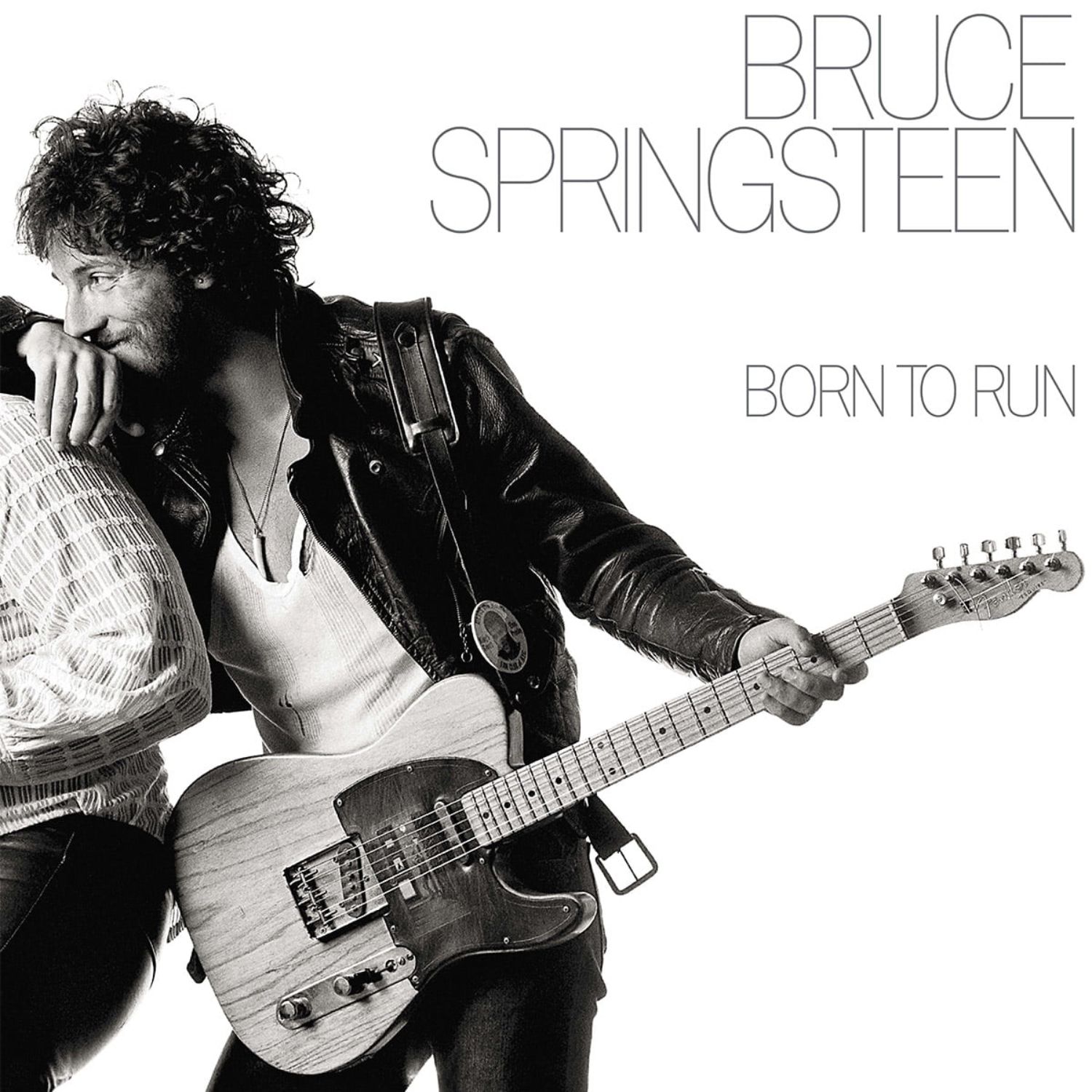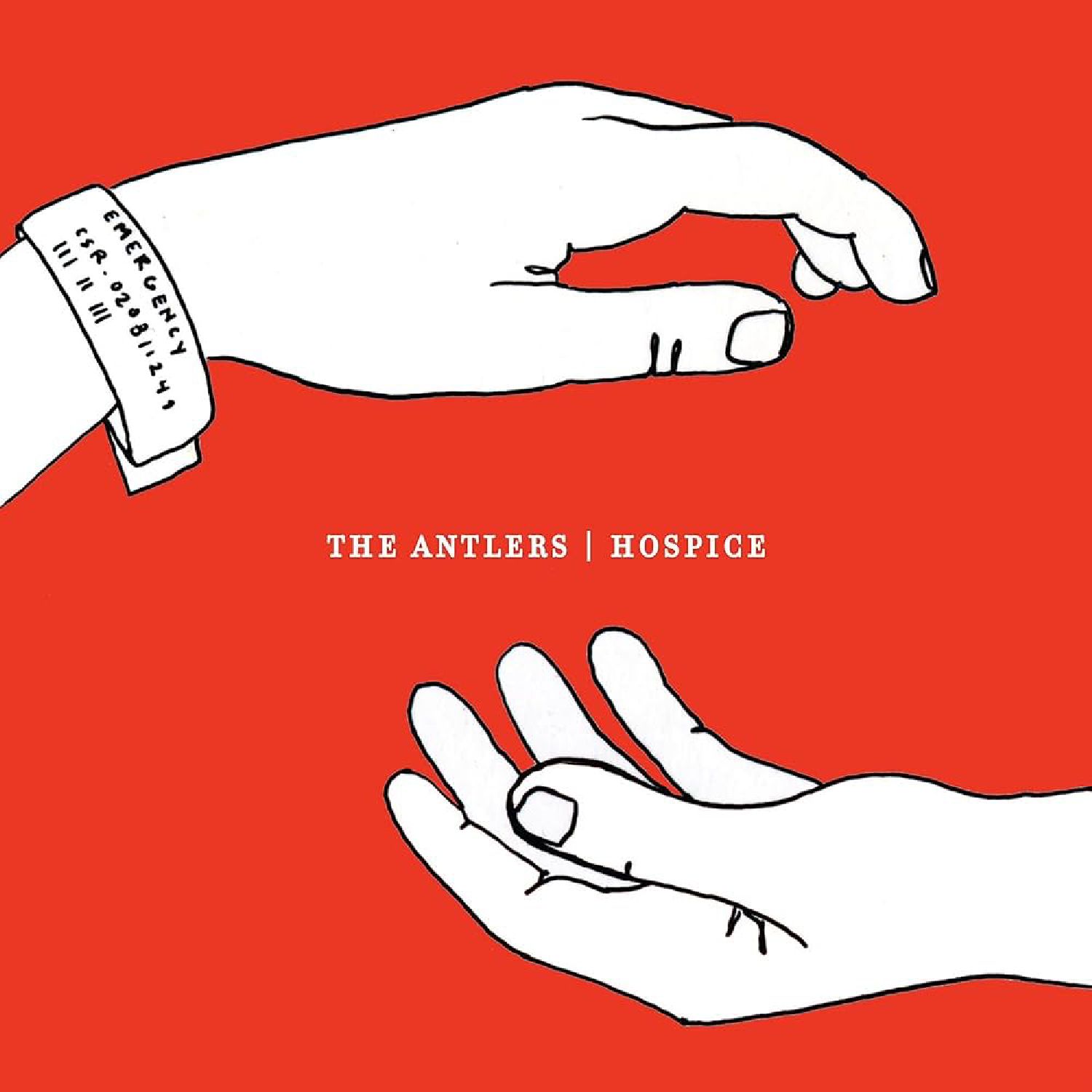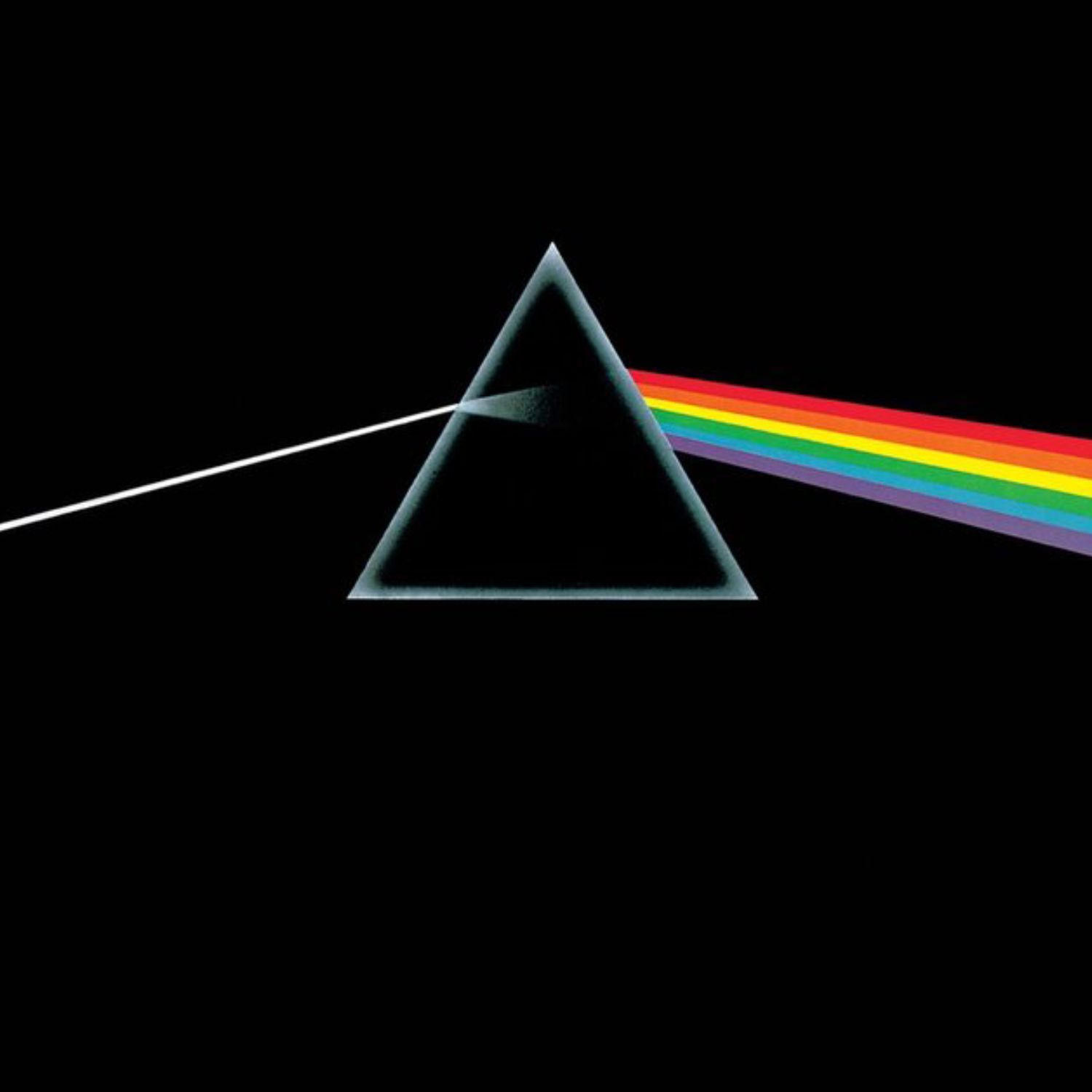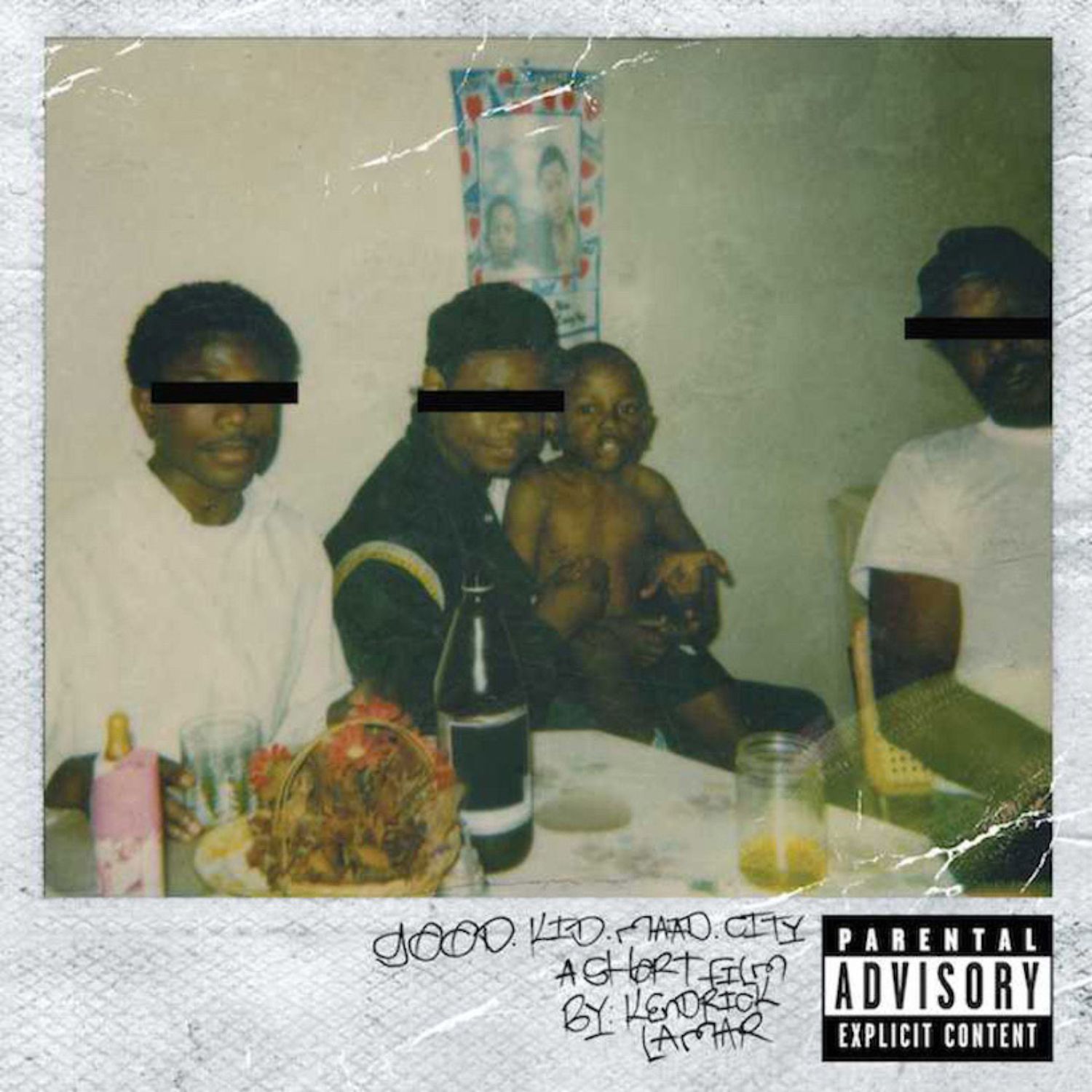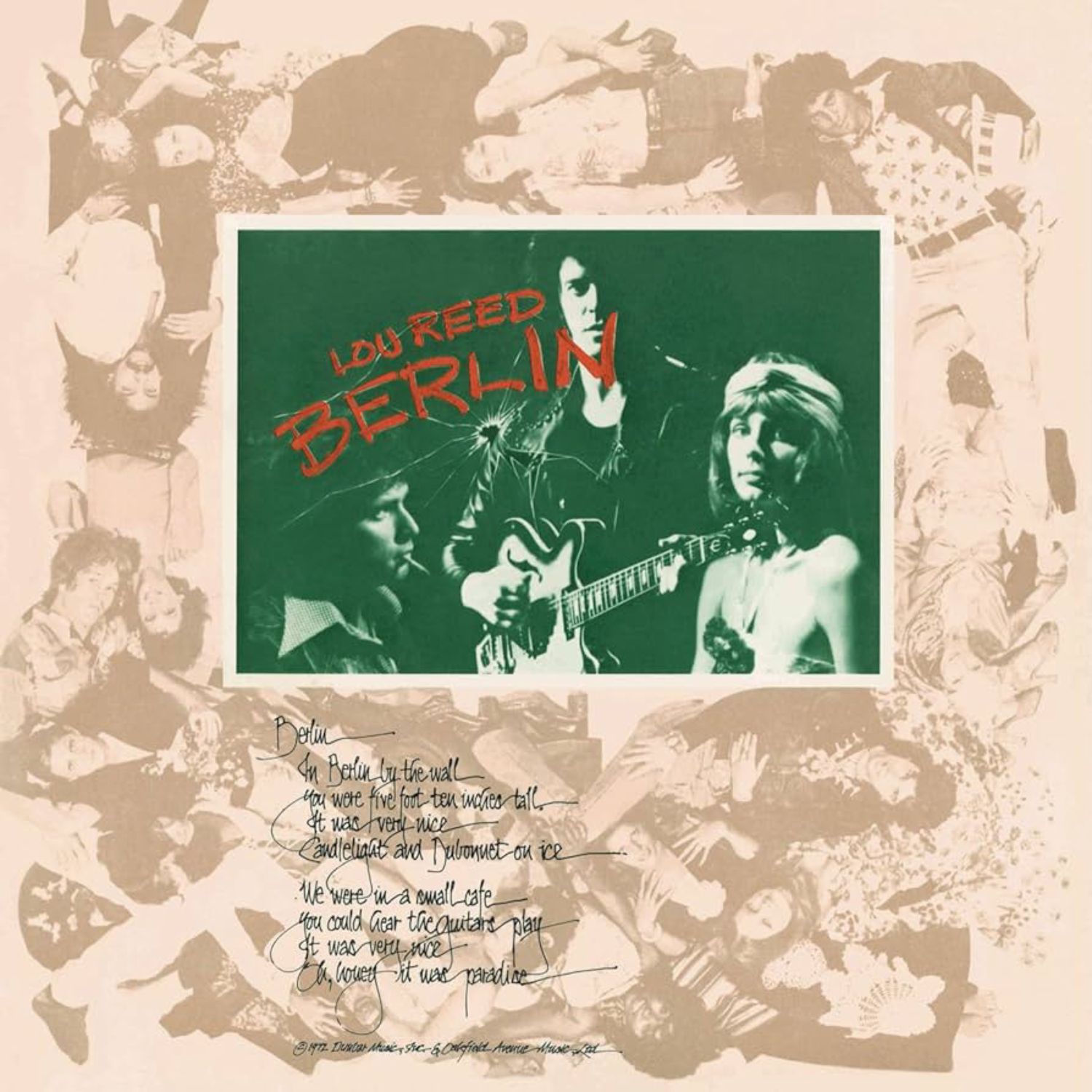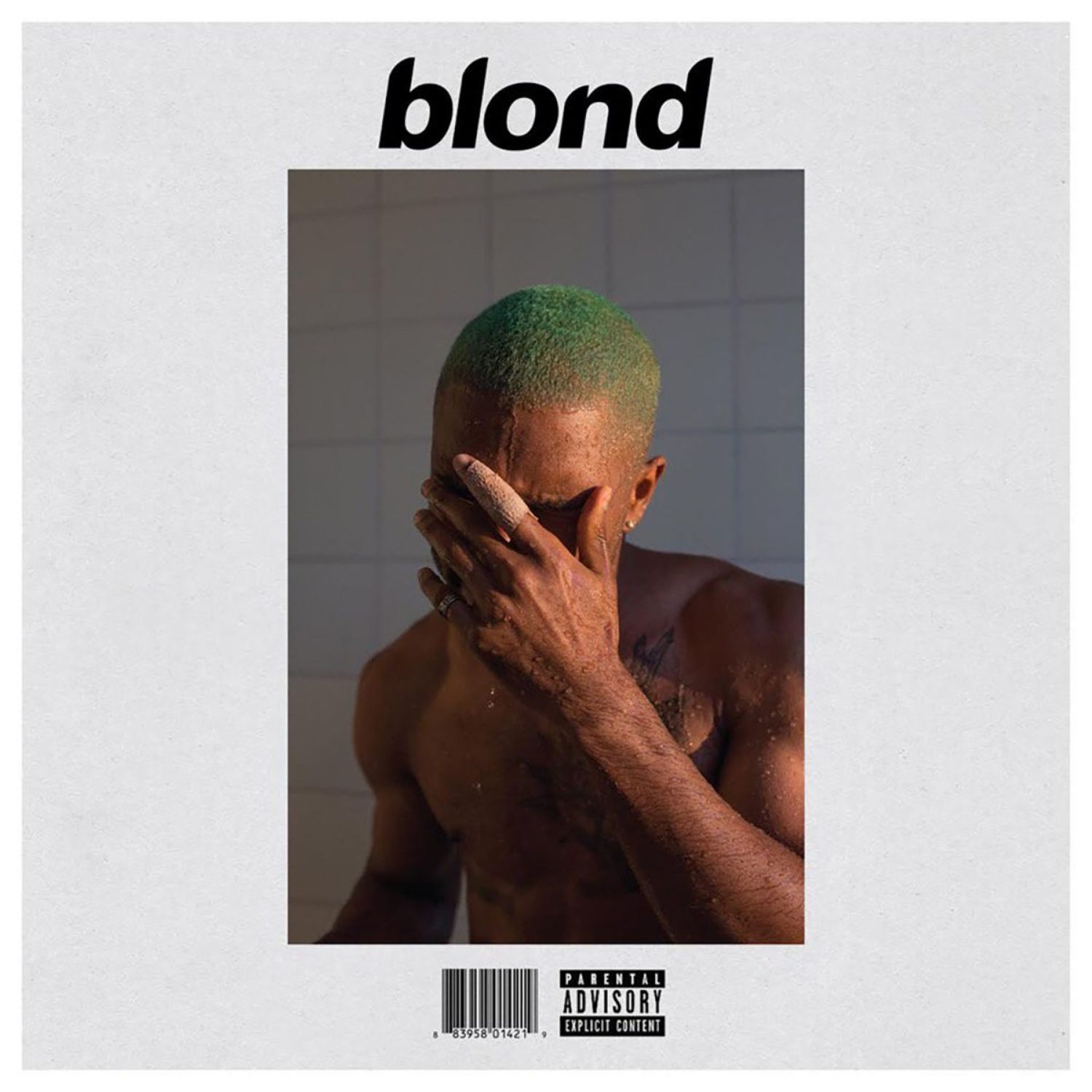Music can be a funny thing; an art form that appeals to one sense, but can still do so much just through sound. In contrast to movies, music is heard but not seen, whereas film can obviously combine sound and image to dizzying effect. But, to highlight the way that less can sometimes be more, what happens when music outdoes certain movies by evoking a certain cinematic feel?
Enter the following albums, some of which are concept albums that intend to tell a story or explore a number of key themes, and some which are more just overflowing with sounds and ideas that may or may not conjure images in the heads of some listeners. When approached a certain way, the following highly evocative and cinematic albums put some movies to shame, as far as emotional impact, storytelling, and painting an overall atmosphere are concerned.
10 ‘Illinois’ (2005)
Artist: Sufjan Stevens
Singer-songwriter Sufjan Stevens once had a proposed project that would’ve put any current-day cinematic universe to shame in scope, had it been fulfilled. Stevens called it the 50-states project, and it was purportedly to eventually entail 50 albums, one for each U.S. state. 2003 saw the release of Michigan, and then in 2005, there was Illinois, but that was it. To his credit, Sufjan Stevens has remained incredibly prolific through releasing other albums (and he’s also been involved in some actual movies, penning songs for Call Me by Your Name, for example).
For what it’s worth, it’s hard to imagine an album topping Illinois in both scope and imagination. It’s a sprawling 74-minute-long album (pretty much feature-length) that goes over various landmarks, notable figures, and events from the state’s history, with some more personal songs in there too, like the devastating “Casimir Pulaski Day.” Listening to it feels like experiencing various short films about Illinois retold as songs, and the resulting album is extremely immersive.
9 ‘Hats’ (1989)
Artist: The Blue Nile
Released in the closing months of the 1980s, Hats is one of the most evocative and dense albums of the decade. Both it and the band behind it, The Blue Nile, aren’t exactly household names, but they kind of should be. Hats is the band’s best album, and it’s very easy to sink into; the kind of music that really washes over you.
It does this without being a concept album, too. There are themes of heartbreak, loneliness, and longing found throughout the lyrical content of the album and more obscurely through how it sounds, but you’d have to dig deep into it if you wanted to construct a narrative out of its seven tracks. Still, some movies are more about evoking a certain feeling or mood, and that’s absolutely what Hats does, arguably better than some movies.
8 ‘We Will Always Love You’ (2020)
Artist: The Avalanches
Perhaps a little like Hats, We Will Always Love You by The Avalanches is a little more obscure in how it evokes a cinematic feeling, compared to other collections of songs that can be called concept albums. The Australian group crafted two prior albums that both had consistent feels to them (Since I Left You and Wildflower), but this one – their third album – feels like it’s about more. For better or worse, it has an atmosphere that it really sticks to.
Though much of it was recorded before COVID-19, it’s impossible to listen to some of these songs and interludes deal with polarization, longing, and loneliness without thinking of the chaotic year that was 2020. We Will Always Love You was released at the very end of said year, and some of it felt like something like a defiant middle finger to the past 12 months; musical catharsis for those who survived it, nevertheless with acknowledgment that the hardships weren’t necessarily over. At the risk of sounding pretentious, We Will Always Love You looks inward more than any other album by The Avalanches while also branching out further, sometimes even into outer space, explicitly evoked with songs like “Interstellar Love,” “Wherever You Go,” and the rather experimental closing track, “Weightless.”
7 ‘Night Drive’ (2007)
Artist: Chromatics
If you’re a fan of Drive or Twin Peaks, then you would’ve heard tracks by Chromatics already. Their song “Tick of the Clock” was used memorably near the beginning of Drive, while the moody and bittersweet “Shadow” was heard early on in Twin Peaks: The Return, musically and lyrically reflecting perfectly feelings of both dread and nostalgia that were thick throughout that strange third season of Twin Peaks.
To return to “Tick of the Clock,” though, that song is from Chromatics’ 2007 album Night Drive, which is also known as Original Motion Picture Soundtrack IV. Unsurprisingly, then, it’s a very cinematic affair. It very deliberately makes one conjure images of cities at night, and lights blurring past as one drives through it, encountering few – if any – people along the way. It’s a somewhat haunting but also quietly engrossing listen; a little long, perhaps, but the highs make it worthwhile (the subdued cover of Kate Bush’s “Running Up That Hill” is a true highlight).
6 ‘Born to Run’ (1975)
Artist: Bruce Springsteen
If you want to talk about cinematic Bruce Springsteen albums, his sparse and bleak 1982 album Nebraska is worth at least an honorable mention. It plays out like a sprawling and depressing crime movie comprised of a series of vignettes, some of them dealing with people struggling to make a living and turning to crime… and others – as heard in the title track, for example – just doing heinous things seemingly for the hell of it.
Nebraska is not, however, emblematic of Springsteen’s typically beloved style (in a good way), though 1975’s Born to Run is. This also feels like an epic crime saga at times, especially near the album’s end, thanks to tracks like “Meeting Across the River” and “Jungleland,” but other tracks are more bittersweet and hopeful. Much of the album’s first half, in contrast, deals with wanting to break free from a tedious small-town life (see “Thunder Road” and the album’s title track). Springsteen is so good as a storyteller through these songs that you’re able to see imagery in your head that could rival any good old-fashioned Americana-tinged road movie.
5 ‘Hospice’ (2009)
Artist: The Antlers
If Hospice were to become a movie instead of an album, it might well be one of the most emotionally intense and downbeat of all time. It’s an absolutely despairing 50-ish minute-long listen, and one of the best concept albums of the 21st century so far, telling a story about a hospice worker and a patient forming a relationship both know will end once the latter passes away, and how they both grapple with the fact it’ll happen sooner rather than later.
Hospice deals with death head-on while also being about doomed love, and all sorts of turmoil both introspective in nature and between the two primary characters. It’s a very quiet and fragile album, but it paints a vivid picture nevertheless, and is almost guaranteed to strike a nerve or two (or more) for anyone who sits down and gives it an attentive listen.
4 ‘The Dark Side of the Moon’ (1973)
Artist: Pink Floyd
Pink Floyd’s The Wall was notably made into a film, with its already intricate storytelling and thematic ambition accentuated thanks to it being adapted into a visual medium. When listening to a Pink Floyd album on its own, however, there’s an argument to be made that the most immersive of the bunch is actually The Dark Side of the Moon, which is kind of a concept album about… everything?
The Dark Side of the Moon is thick with paranoia, madness, and a certain despair about the world and how it functions. It’s immediate and attention-grabbing rock, but also exceedingly grim in a way you might not expect an album so popular to be. Unlike The Wall, it really doesn’t need a film adaptation, either. Though there aren’t really characters in The Dark Side of the Moon, there is a consistent exploration of society and the human condition, all told within a soundscape that’s easy to get enveloped by.
3 ‘Good Kid, M.A.A.D City’ (2012)
Artist: Kendrick Lamar
Though he was engaged in a rather epic and dramatic beef throughout 2024’s summer, Kendrick Lamar’s best work remains his actual studio albums, especially 2012’s Good Kid, M.A.A.D City and 2015’s To Pimp a Butterfly. The latter has a wider scope and is arguably about “more,” but there’s a more explicit narrative to be found in the former, to the point where the cover even says Good Kid, M.A.A.D City is a “short film by Kendrick Lamar.”
At nearly 70 minutes, Good Kid, M.A.A.D City isn’t really that short, but that’s for the best when it’s of such a high quality. The story follows a young man growing up in Compton and dealing with peer pressure, crime, and addiction, the last of those covered especially in “Swimming Pools (Drank).” It’s an album with a clear beginning, middle, and end, and satisfies narratively more than many films that have comparable narratives and/or themes.
2 ‘Berlin’ (1973)
Artist: Lou Reed
Wim Wenders is clearly one of many fans of Lou Reed, given some of his movies that have featured the former Velvet Underground member’s songs (like Perfect Days and Until the End of the World). Reed also had a remarkable and diverse solo career, with one of his best (and perhaps most challenging) albums being released in 1973.
That album was Berlin, another concept album about two people in a relationship whose lives both deteriorate because of addiction, abuse, and past traumas that dictate potentially doomed futures. It’s an album that doesn’t start happy by any means, and just gets more desolate and despairing with every song. “The Kids,” the third to last track, might well be one of the most difficult songs to make it through in the history of rock music, and then the closing track, “Sad Song,” lives up to its name and then some. There is a visceral and hauntingly effective story told throughout Berlin. It’s not an easy listen, but it is thoroughly compelling and, yes, cinematic.
1 ‘Blonde’ (2016)
Artist: Frank Ocean
Sometimes called Blonde, and sometimes called Blond, this 2016 album is, as of 2024, Frank Ocean’s most recent. It’s one of those wonderful pieces of art (not to be confused with the movie of the same name) that was well-received upon release, but has only gotten better, more moving, and increasingly multi-layered, seemingly, as the years have gone on. Some of Ocean’s fans might be impatient for another album, but others are well aware that Blonde has some serious staying power, and perhaps never really gets old.
Blonde’s tracks are complex in how they’re structured and written, but many are also immediately striking, be they catchy, instantly heart-breaking, or a bit of both. The album has so much to say about growing up, discovering one’s sexuality, falling in and out of love, and trying to stay true to yourself while everything around you seems to be changing. Blonde has a specific and impossible-to-imitate mood and flow that sucks you in for its entire 60-minute duration, and repeat listens just reveal more and more things to admire. Time has already been kind to it, and will likely continue to do so.


